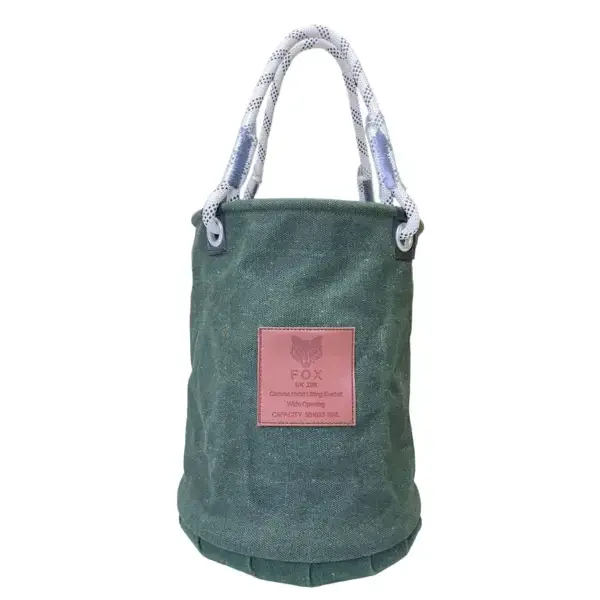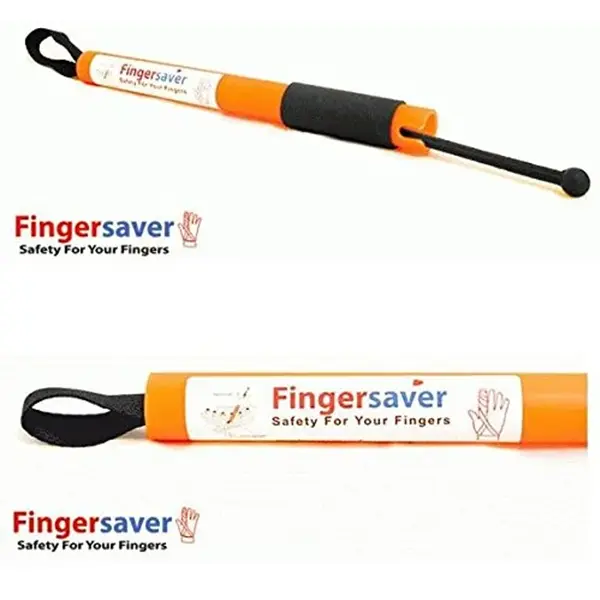When it comes to scaffolding, ensuring that all the necessary equipment is properly handled is essential for both safety and efficiency. One of the most important tools in scaffolding operations is the lifting bag. Selecting the right lifting bag for scaffolding needs is not only about choosing something that will handle the weight but also ensuring that it meets safety standards, durability requirements, and ease of use. This guide will walk you through the key factors to consider when choosing a lifting bag for your scaffolding projects, helping you make an informed decision for the best performance and safety.
Selecting the right lifting bag for scaffolding needs involves a few crucial considerations that go beyond just the size and weight capacity. It’s essential to think about the materials the bag is made from, the type of lifting required, and the frequency of use. Whether you’re moving heavy scaffolding parts or handling lighter materials, your lifting bag should be tailored to suit the demands of your specific project. Additionally, the bag should have built-in features like reinforced handles or lifting straps, which provide both comfort and security when transporting equipment.
Key Factors to Consider When Selecting the Right Lifting Bag
- Material Strength and Durability
The material of the lifting bag is the first thing you should consider. A high-quality bag should be made from durable materials such as reinforced polyester, nylon, or heavy-duty canvas. These materials are known for their resistance to wear and tear, making them perfect for tough environments like construction sites where lifting bags are exposed to harsh conditions. Choosing a lifting bag made from these materials ensures that it will be able to withstand the constant friction, abrasion, and environmental factors it encounters during scaffolding work. - Weight Capacity
The weight capacity of the lifting bag is another critical factor in the selection process. It’s vital to ensure that the bag can safely accommodate the load it will carry. A bag that is too small for the job can easily break, leading to accidents and delays. On the other hand, bags that are too large may be cumbersome to handle and can negatively impact efficiency. For scaffolding work, always check the manufacturer’s specifications to determine the recommended weight load for the lifting bag, and make sure it aligns with your project’s needs. - Lifting Features
Lifting bags often come with various features designed to make the lifting process more manageable. Look for bags that include features such as reinforced straps or ergonomic handles. These elements help distribute the weight more evenly, making the bag easier to handle and reducing the risk of injury. Additionally, consider bags with multiple compartments, which can allow for better organization of your scaffolding materials and equipment. This is especially useful in fast-paced work environments where time is of the essence. - Size and Storage
The size of the lifting bag should be chosen based on the scaffolding components you need to move. Scaffolding parts such as pipes, boards, and fasteners come in various sizes, so it’s essential to match the lifting bag to the size of your equipment. A bag that’s too small will not accommodate larger items, while a bag that’s too big could be unwieldy and inefficient. Additionally, if space on the construction site is limited, you may want to opt for a bag that is easy to store or can be folded for compact storage when not in use. - Weather Resistance
Weather conditions can greatly impact the performance of scaffolding equipment. A lifting bag exposed to rain, sun, or extreme temperatures can degrade over time. Choosing a weather-resistant lifting bag made from materials such as waterproof nylon or UV-treated fabrics will help ensure that your bag lasts longer and maintains its strength. This is particularly important for scaffolding projects that take place outdoors or in varying weather conditions, where equipment may be exposed to unpredictable elements.
The Importance of Safety in Lifting Bag Selection
When selecting the right lifting bag for scaffolding needs, safety should be a top priority. A bag with weak stitching, inadequate lifting straps, or subpar material can fail at a critical moment, putting workers at risk. To ensure safety, always choose bags that adhere to industry safety standards and have passed rigorous quality control tests. Additionally, consider bags with reflective strips or other visibility features to ensure that they can be easily seen on the worksite, especially in low-light conditions.
- Load Distribution and Balance
Even when choosing a lifting bag that meets the weight capacity, it’s essential to ensure that the bag provides balanced load distribution. Bags that offer multiple points of attachment for lifting straps or handles allow for better control during transport. This prevents the bag from tipping over or becoming unbalanced, which can cause the load to shift unexpectedly. Proper load distribution also reduces the strain on workers, making the job more efficient and less physically demanding.
Popular Brands and Vendors for Lifting Bags
There are various suppliers and manufacturers that offer high-quality lifting bags for scaffolding projects. While selecting the right lifting bag for scaffolding needs, it’s important to choose trusted brands known for their durability, reliability, and product standards. One such supplier is Cactus Global General Trading, a company recognized for its superior scaffolding and lifting equipment. They provide a variety of lifting bags designed to meet the needs of construction workers, with options that cater to different weight capacities and job site conditions.
Choosing a reputable supplier like Cactus Global General Trading guarantees that you’re getting a lifting bag built with quality in mind. Their bags are designed to withstand the rigors of construction sites, ensuring safety and efficiency on the job. If you’re looking for long-lasting, dependable lifting bags that will serve you well through multiple projects, their range of products is worth considering.
Conclusion
In conclusion, selecting the right lifting bag for scaffolding needs requires careful thought and consideration. Factors such as material durability, weight capacity, lifting features, size, and weather resistance all play a role in determining which bag will best suit your project. By focusing on these key aspects, you ensure the safety, efficiency, and longevity of your equipment.
Additionally, working with trusted suppliers like Cactus Global General Trading ensures that you have access to high-quality lifting bags designed for scaffolding. Their products provide excellent performance, durability, and safety, making them a reliable choice for construction professionals. When selecting your lifting bag, always prioritize safety, durability, and the specific requirements of your scaffolding projects to get the best value and performance out of your equipment.




